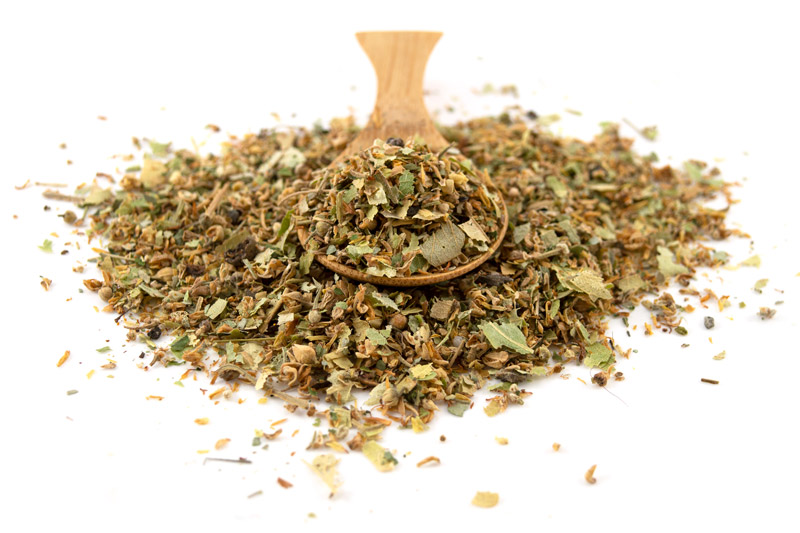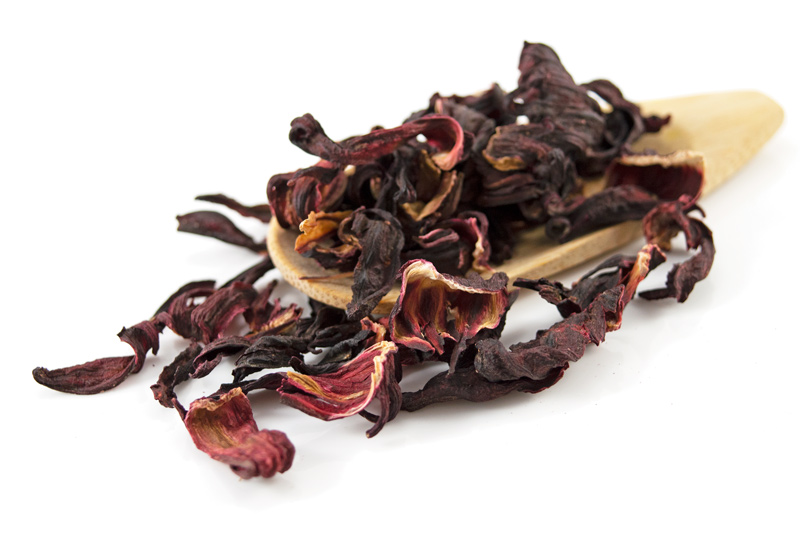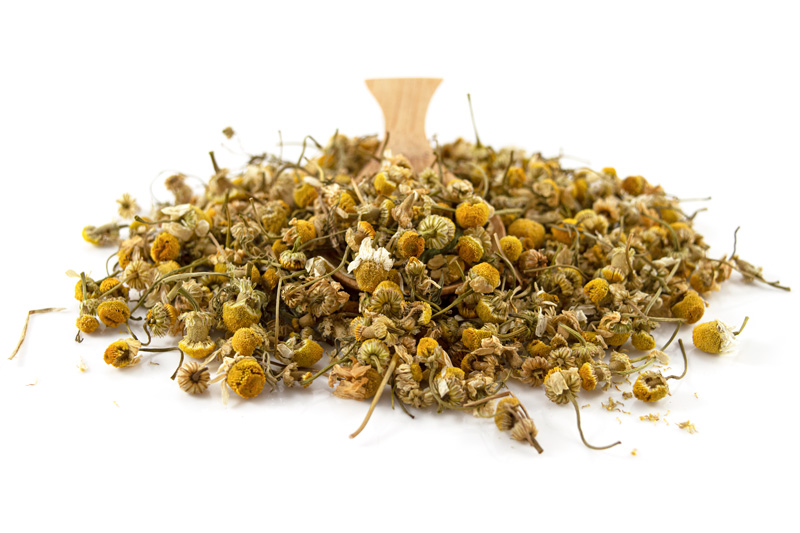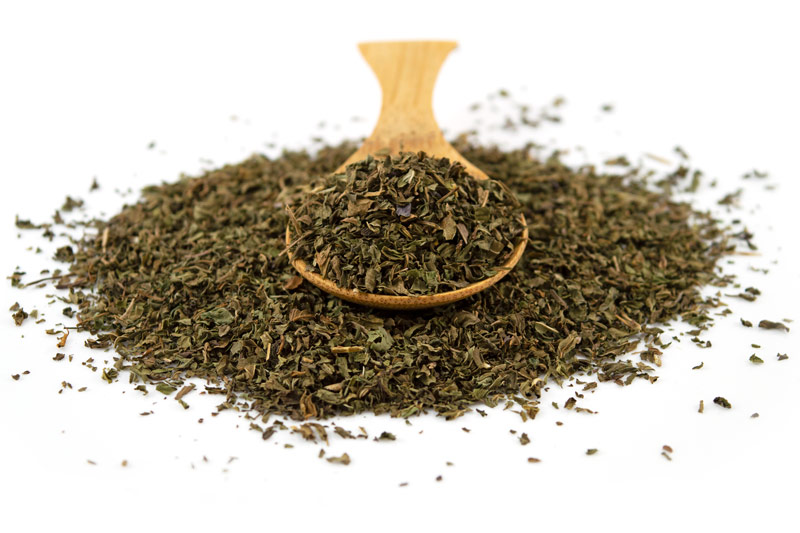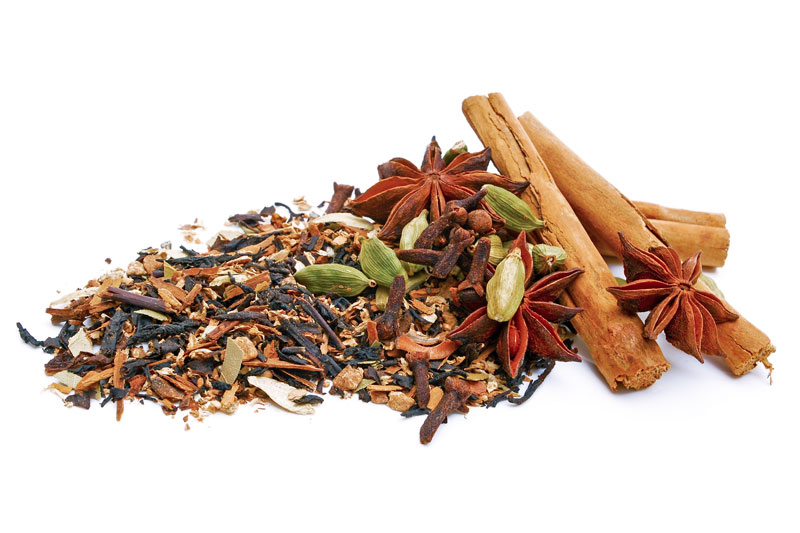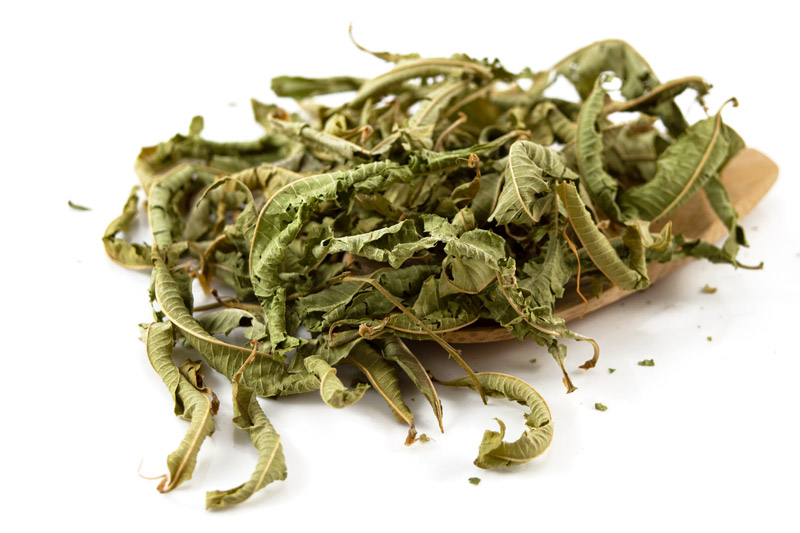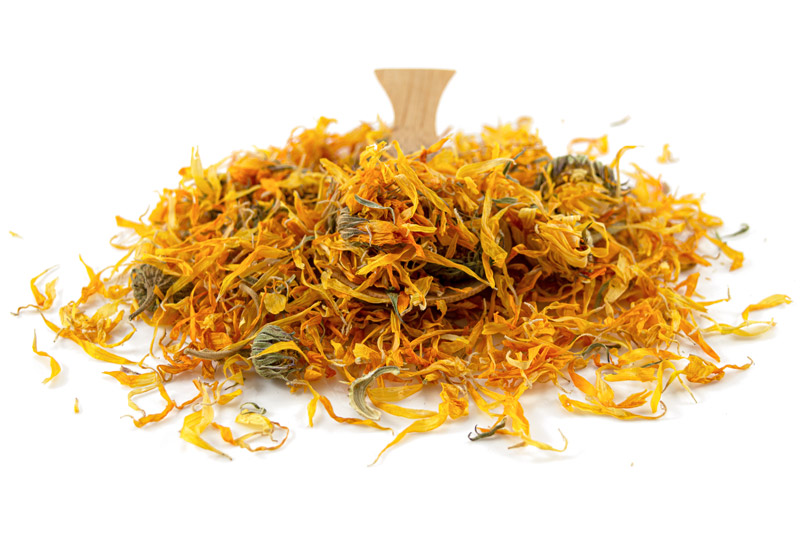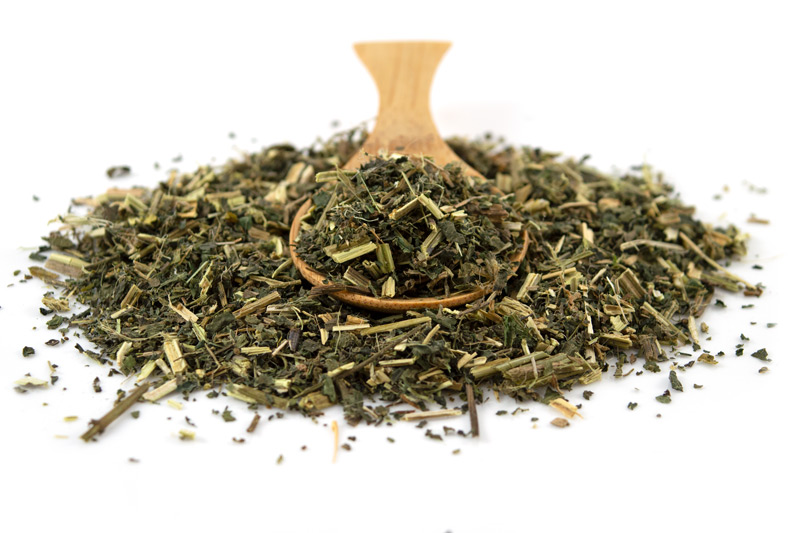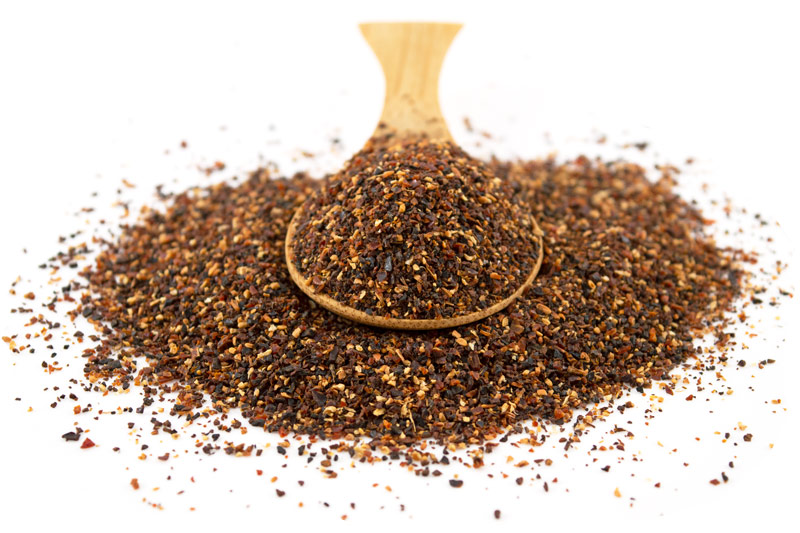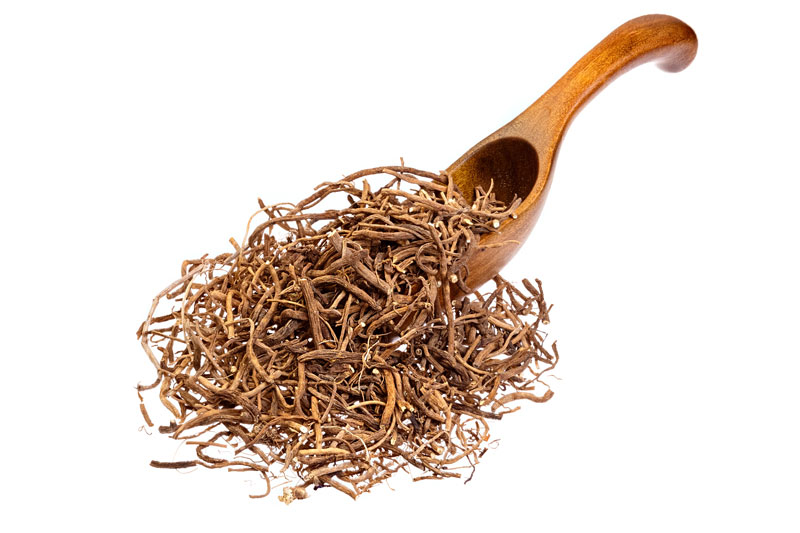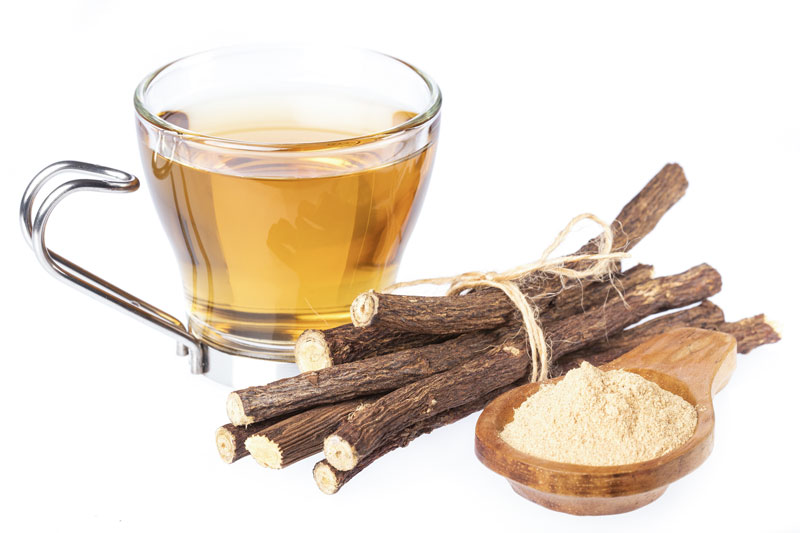The Best Tea Infusions
Many of us lead increasingly hectic lives, and nothing quite pampers the soul and soothes a frazzled mind like curling up on the sofa with a hot mug of tea. Tea sustains us, breaks up our day, gives us an excuse for a natter with friends and family, and can confer a whole load of rather wonderful health benefits on us.
We drink around 100 million cups of tea every day in the UK, with 96% of these made using teabags, and 98% taken with milk.[1] It’s good to drink tea, as a few cups a day will help you stay hydrated. But if you look beyond traditional black tea and are looking for other tastes than brilliantly healthy green tea, you’ll find a whole world of different beneficial (and supremely tasty) flowers, herbs, spices and other plants available which can be used to make a lip-smacking and fantastically healthy cuppa.
If you’re interested in reaping benefits from the food you eat, it stands to reason you should also investigate how the beverages you make can also enable you to be healthy, happy and wise! So let’s have a look at ten of our most popular tea infusions and delve deeper into how a simple cuppa can make your day a bit more magnificent….
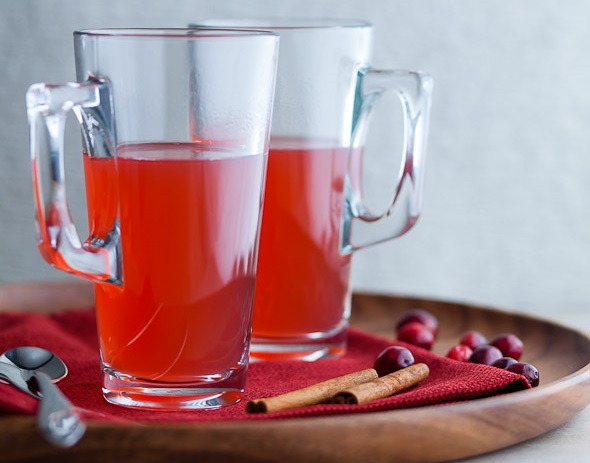
Linden flowers are harvested from the Tilia tree, which grows in Asia, Europe and the USA. They have long been used to make tea, which is said to promote relaxation and a calm frame of mind. One study backed this up with medical science after finding that drinking it has a slight sedative effect because of effects it has on synapses in the hippocampus area of the brain.[2] Linden tea has a sweet, floral taste and contains a good amount of antioxidants. Simply add one teaspoon to a mug’s worth of boiling water, leave for a couple of minutes and strain.
Hibiscus is a staggeringly healthy drink. Multiple studies have shown it’s excellent at fighting obesity, has powerful effects against diabetes and high blood pressure, and delivers a knockout punch to high cholesterol levels. Even better, it’s very easy to prepare, tastes absolutely marvellous and has a really splendid colour!
Chamomile has a soothing, uniquely lovely taste – just 2 teaspoons seeped in a mug’s worth of boiling water will produce a most enjoyable drink. It’s long been used as the main go-to ‘sleepy tea’ by people wanting to relax and shake off the worries of the day. There’s some science in this – it contains apigenin, and a randomised, placebo-controlled trial showed this helped chamomile tea drinkers fall asleep faster and stay asleep longer.[3] Other studies have suggested it also has a benficial effect on those with depression.[4]
Peppermint is a super-refreshing flavour – not only is it a handy herb to have growing in the garden, as it repels a lot of pests who may otherwise nibble your veggie patch, but it also produces an excellent tea, which has long been used to counter indigestion and bloating. It’s also been shown to be a safe and effective short-term treatment for irritable bowel syndrome.[5] It’s also used to improve breathing by people with stuffy noses, and it can deal a knockout blow to bad breath too!
Chai is actually a supercharged preparation of black tea, with an array of lovely, zingy spices added. These usually include cloves, cinnamon, cardamom, nutmeg and ginger, all of which have been used for thousands of years in Ayurvedic medicine, and all of which contain a staggering amount of beneficial compounds. Best of these are the stunning amounts of antioxidants, including catechins and theaflavins, which not only fight oxidative stress in the body, but can play a major role in fighting cancer too.
Lemon verbena (also known as vervain) was a fixture in the Victorian kitchen garden, where it was made into a tea and taken to settle an unruly stomach. In medieval times, it was used as a protection against witchcraft, although scientific evidence of its efficacy for this remains rather thin on the ground. There is evidence, however, that it improves oxidative stress and muscle damage within the body.[6] It has a gentle, lemony flavour and is popular in France, where it can often be found for sale in country markets, and a tisane of it is often drunk at night to relax. It has antimicrobial properties and is also sometimes used as a culinary herb, especially in chicken dishes.
The flowers of the Calendula officinalis (or pot marigold) were prized hundreds of years ago for their supposed magical powers, and more latterly for their purported capacity to cure a multitude of ills, such as bleary eyes and headaches. As it happens, marigold tea contains a hefty dose of antioxidants, and it has recently been found to display anti-tumour activity in cancer patients.[7] Its pronounced yellow colour means it’s often used as a cheaper substitute for saffron. It also appears to offer significant protection against the harmful effects of the sun’s ultraviolet rays.[8] Recent research also supports its use as a tool in wound healing.[9] Marigold tea has a sweet, spicy flavour, with a slight bitter edge which means it’s often sweetened with a teaspoon of honey.
We’ve probably all fallen into a patch of nettles when children, and know it’s not pleasant! These common countryside plants are covered in tiny, hollow needles that deliver formic acid to our skin, and it’s this which causes pain and a rash. But don’t worry – once nettles are dried, they lose their sting, and actually offer some truly excellent health benefits. They’re a source of potent anti-inflammatory plant phenols, which can help in the fight against many chronic conditions such as diabetes and heart disease. Research from 2021 also suggests they may be an excellent weapon in the armoury of anyone fighting leukemia.[10] More research published in 2021 shows the compounds in nettles may have potential as an effective healer of wounds.[11] Nettle tea tastes like some of the grassier-tasting varieties of green tea.
Rosehips are the fruit of the rose bush, and have long been brewed into tea to regulate digestion and relieve nausea. They also act as a diuretic, which is beneficial for kidney health. Rosehips contain good amounts of vitamins C and E, which are both potent antioxidants. A study in which obese patients had a daily drink made with rosehips found that it significantly improved various markers of heart disease and diabetes.[12] A roundup of medical studies on the subject also found that drinking rosehip tea is brilliant at reducing the pain resulting from osteoarthritis.[13] Rosehip tea tastes rose-like but with a more tart, somewhat citrus note to it.
Along with chamomile tea, valerian tea is the main hot drink consumed by those seeking rest and relaxation. It appears to encourage the production of a neurotransmitter called GABA (gamma-aminobutyric acid) which encourages us to sleep. Low levels of GABA often go hand-in-hand with stress and anxiety, and a study published in 2021 also suggested valerian can help to reduce agitation.[14] Valerian seems to be very effective as a sleep aid, with next to no reported side effects. Its taste has been described as ‘woody’, and it’s often combined in a tea blend with chamomile and other plants said to promote rest, such as lavender.
[1]https://www.tea.co.uk/tea-faqs#:~:text=Q%3A%20HOW%20MANY%20OF%20CUPS,year%20%5BSource%3A%20ITC%5D.
[2]https://pubmed.ncbi.nlm.nih.gov/26144285/
[3]https://www.ncbi.nlm.nih.gov/pmc/articles/PMC3198755/
[4]https://pubmed.ncbi.nlm.nih.gov/26483209/
[5]https://journals.lww.com/jcge/Abstract/2014/07000/Peppermint_Oil_for_the_Treatment_of_Irritable.11.aspx
[6]https://pubmed.ncbi.nlm.nih.gov/34104096/
[7]https://pubmed.ncbi.nlm.nih.gov/16677386/
[8]https://pubmed.ncbi.nlm.nih.gov/30251317/
[9]https://pubmed.ncbi.nlm.nih.gov/34563618/
[10]https://pubmed.ncbi.nlm.nih.gov/33675488/
[11]https://pubmed.ncbi.nlm.nih.gov/33932414/
[12]https://pubmed.ncbi.nlm.nih.gov/22166897/
[13]https://pubmed.ncbi.nlm.nih.gov/18407528/
[14]https://www.ncbi.nlm.nih.gov/pmc/articles/PMC8286374/

